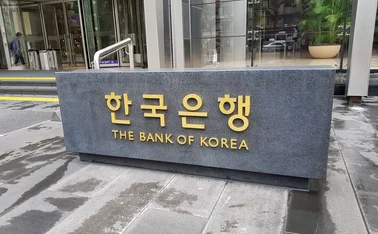
Floating exchange rate has led to more volatility, Norwegian paper says
Moving to inflation targeting regime prompted rise in late 1990s, authors find

Nominal exchange rate changes have been more "volatile" since the Norwegian economy moved to a floating exchange rate regime, a working paper published by Norges Bank finds.
In The role of oil prices and monetary policy in the Norwegian economy since the 1980s, Q Farooq Akram and Haroon Mumtaz use a "time-varying parameter VAR model" to investigate changes in the dynamic of key Norwegian macroeconomic variables over the last thirty years.
Although there does not seem to be any appreciation or
Only users who have a paid subscription or are part of a corporate subscription are able to print or copy content.
To access these options, along with all other subscription benefits, please contact info@centralbanking.com or view our subscription options here: http://subscriptions.centralbanking.com/subscribe
You are currently unable to print this content. Please contact info@centralbanking.com to find out more.
You are currently unable to copy this content. Please contact info@centralbanking.com to find out more.
Copyright Infopro Digital Limited. All rights reserved.
As outlined in our terms and conditions, https://www.infopro-digital.com/terms-and-conditions/subscriptions/ (point 2.4), printing is limited to a single copy.
If you would like to purchase additional rights please email info@centralbanking.com
Copyright Infopro Digital Limited. All rights reserved.
You may share this content using our article tools. As outlined in our terms and conditions, https://www.infopro-digital.com/terms-and-conditions/subscriptions/ (clause 2.4), an Authorised User may only make one copy of the materials for their own personal use. You must also comply with the restrictions in clause 2.5.
If you would like to purchase additional rights please email info@centralbanking.com








